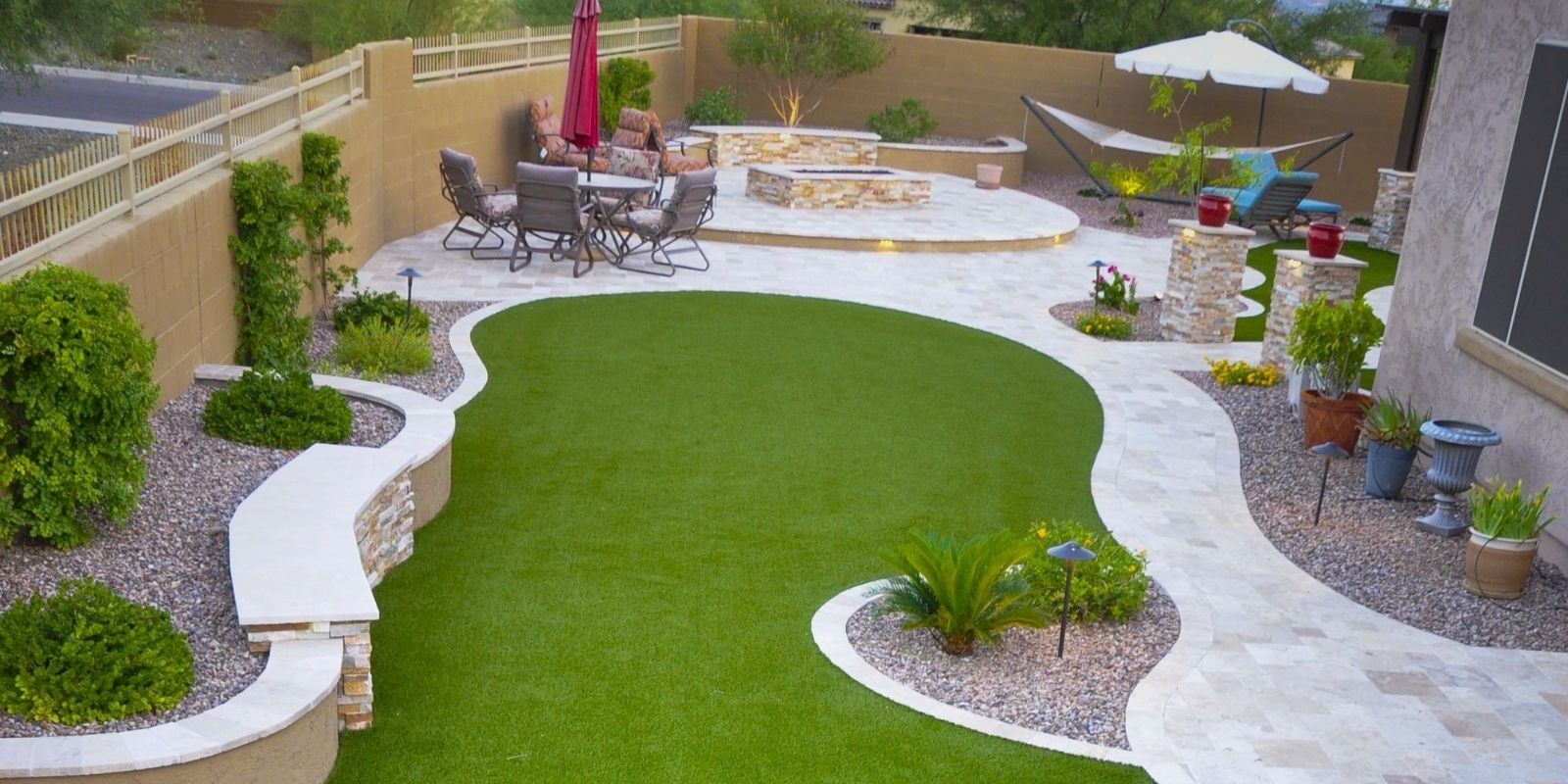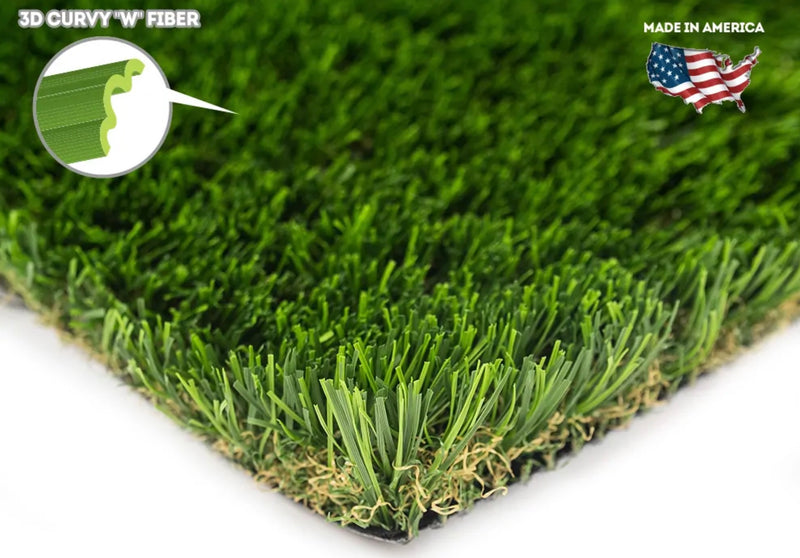Personalized Turf Installation Phoenix AZ for Residences, Companies, and Recreational Spaces
Personalized Turf Installation Phoenix AZ for Residences, Companies, and Recreational Spaces
Blog Article
Explore the Environmental Benefits of Opting for Synthetic Grass Solutions
The adoption of artificial lawn solutions offers an engaging opportunity to deal with pressing ecological obstacles. By significantly minimizing water usage and minimizing the application of hazardous chemicals, these options not only promote lasting landscaping but also shield neighborhood ecosystems. Additionally, the lower carbon footprint linked with lowered upkeep activities adds to a more lasting technique to land administration. The ramifications of these advantages expand beyond plain conservation initiatives, raising inquiries concerning their long-lasting impact on environment conservation and overall eco-friendly equilibrium. Discovering these dimensions exposes a complicated interaction worth considering.
Water Preservation Conveniences
One of the most substantial benefits of artificial lawn is its ability to conserve water. In comparison, man-made grass does not need watering, significantly minimizing the general demand for water sources.
By removing the need for routine watering, synthetic grass adds to sustainable landscape methods and assists reduce the ecological impact of extreme water consumption. The preservation of water expands to the decrease of drainage, which can lead to soil erosion and river contamination.
In addition, the installation of man-made turf allows property owners and communities to allocate water resources more efficiently, focusing on vital uses such as drinking water and farming. The shift in the direction of fabricated lawn not only promotes responsible water use however additionally straightens with more comprehensive ecological goals focused on protecting natural resources.
As neighborhoods significantly focus on sustainability, the water conservation benefits of man-made lawn offer a compelling case for its fostering in business and domestic landscape design tasks.
Reduced Chemical Use
The shift to synthetic grass substantially reduces the dependence on chemical therapies typically used in all-natural lawn maintenance. Typical lawn monitoring normally involves the application of pesticides, plant foods, and herbicides to advertise development and control insects. These chemicals can pose threats to human wellness, local wildlife, and the environment, adding to soil and water contamination.
On the other hand, man-made turf removes the requirement for these hazardous materials. Once set up, it calls for very little maintenance, primarily consisting of normal cleaning and seldom infill replenishment. This reduction in chemical usage not only profits the immediate setting however additionally contributes to wider environmental security. By lessening the launch of synthetic substances right into the community, synthetic grass advertises healthier soil and water supply.
Additionally, the lack of chemical overflow related to synthetic grass installations aids secure regional rivers from air pollution, supporting water life and maintaining biodiversity. Artificial turf companies phoenix. As areas progressively focus on sustainable methods, choosing for fabricated lawn offers a sensible option that lines up with environmental conservation objectives. With this shift, property proprietors can appreciate lavish eco-friendly rooms without jeopardizing eco-friendly wellness, paving the method for a much more sustainable future
Reduced Carbon Footprint

Furthermore, the setup of synthetic grass can cause substantial water conservation. All-natural grass need substantial amounts of water for watering, which not just includes in the carbon impact connected with water removal and treatment but likewise stress neighborhood water sources. On the other hand, synthetic turf requires minimal upkeep, needing no watering, therefore significantly minimizing water use and its associated power expenses.
Additionally, the long life of man-made lawn contributes to its decreased carbon impact. With a life-span of approximately 15 years or more, the requirement for constant substitutes is diminished, leading to less waste and reduced energy intake in production and getting rid of standard yard choices. Generally, artificial lawn offers a lasting alternative for ecologically aware landscape design.
Habitat Conservation
Environment conservation is a crucial factor to consider in the argument over landscaping selections, specifically when comparing synthetic grass to natural grass. Natural turf lawns usually require extensive maintenance, consisting of navigate here making use of chemicals, plant foods, and herbicides, which can negatively influence local environments. These chemicals can leach into the dirt and waterways, harming native vegetation and fauna and interfering with neighborhood habitats.
Synthetic lawn gets rid of the requirement for damaging chemicals, thus securing nearby wild animals and maintaining the honesty of surrounding communities. The installment of synthetic lawn can lead to the conversion of former yard areas right into even more biodiverse landscapes, such as pollinator gardens or native plant locations, which can support local wildlife.
Ultimately, the transition to artificial turf not only saves water and reduces maintenance efforts yet also promotes a much more unified connection between human tasks and the natural surroundings, promoting environment preservation in the procedure.
Long-Term Sustainability
Long-term sustainability is an essential consider assessing the advantages of synthetic turf over typical turf lawns. One of the most significant benefits of synthetic grass is its resilience; it can last up to 15-20 years with marginal maintenance, whereas all-natural grass needs constant reseeding and substitute. This durability reduces the demand for constant sources, such as water, fertilizers, and chemicals, which are vital for maintaining a healthy and balanced yard lawn.
In addition, fabricated grass adds to a reduction in carbon exhausts connected with lawn treatment tools. Traditional yards typically call for gas-powered mowers, leaners, and blowers, every one of which contribute to air contamination. Arizona artificial turf. On the other hand, fabricated lawn eliminates the requirement for such tools, advertising a cleaner setting
In addition, the production of synthetic grass progressively makes use of recycled products, enhancing its sustainability profile. As makers adopt environmentally friendly techniques, the ecological footprint of artificial grass remains to diminish.

Verdict
The fostering of synthetic grass remedies presents significant environmental advantages, including considerable water preservation, lowered dependence on hazardous chemicals, and a lower carbon impact. In addition, fabricated lawn help in maintaining natural environments by reducing land disruption and promoting long-lasting sustainability via making use of sturdy products. Jointly, look at this web-site these variables highlight the possibility of fabricated turf to contribute positively to environmental wellness and use a feasible choice to typical landscape design methods in an increasingly resource-conscious globe.
In comparison, fabricated grass does not need watering, significantly lowering the total demand for water sources. By lessening the release of artificial substances into the ecological community, man-made turf advertises much healthier soil and water systems.
Moreover, the installation of man-made grass can result in substantial water preservation. In contrast, fabricated turf needs marginal upkeep, needing no watering, thereby considerably decreasing water use and its associated energy prices.

Report this page